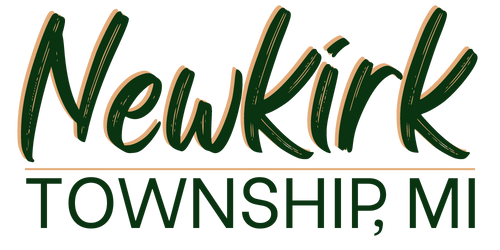In local government in the United States, an assessor is an appointed or elected official charged with determining the value of each taxable property in a county, municipality, or township; this information is then used by the locality to determine the necessary rate of taxation to support the community’s annual budget.
(This is a specialization of the previous sense; a person who performs similar work for a private employer is more often called an appraiser or, specifically in the insurance industry, an adjuster.)
In an effort to increase understanding and minimize the impact of confusing figures, we are providing the following for your use as reference concerning how your actual tax bill is calculated. Please remember that millage levels might fluctuate from year to year and season to season depending on current and pending legislation. It would be to your benefit to acquaint yourself with the millage rates in your geographic area and school district. Please also note that there are dozens of factors that affect arriving at a final assessment figure and that the following example is by no means based on an actual property.
The basic procedure for arriving at an assessment figure is based on actual sales figures for the township and county in which you own property for the preceding year. Using an average acreage value combined with attributes such as age, condition, square footage, and class of building(s), amenities, porches, decks, garages, building materials and any other existing improvements are taken into consideration to arrive at a figure that should express what the property is truly worth were it to sell. By law, the TAXABLE figure must not exceed 50% of a property’s true cash value. For example, let’s say that you own 10 acres of land on which stands a class C home built in 1972 with the basics of septic, well, and electric. If an acre of property is selling for $1000.00, the acreage value would be:
Furthermore,
Taking into account the 1972 class C home of 1500 sq. ft. with septic, well, and electric would sell for in your area for that year (just as example) $90,000.00.
Therefore, your property’s true cash value would be:
The TAXABLE figure that is arrived at then would be 50% of the true cash value or $50,000.00.
Now that we have an assessment figure for the example property, we can plug that number into a formula from which your actual tax bill is derived. The formula is based on mills, which is considered to be $1.00 for each $1,000.00 of taxable value, not true value. Therefore, let’s say that for the example property the total levied mills come to 40. As such, for the example area, the tax rate would be $40.00 per $1000.00 of taxable value.
With this knowledge you can calculate what your actual bill that you will receive in the mail will be. In this instance it would be:
Taxable figure ($50,000.00) / 1000 = 50
Take this figure and multiply it by your total millage rate, which is 40
50 X $40.00 = $2000.00.
The example’s actual tax bill is $2000.00.
We hope that this has helped to clarify how your taxes are derived.
